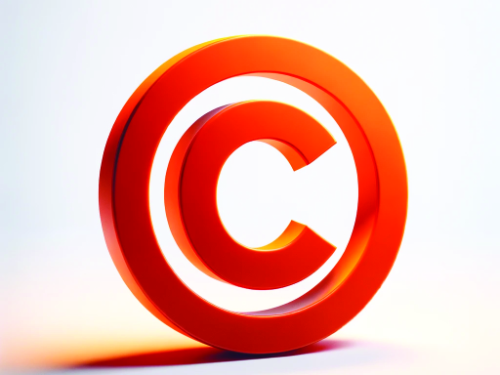
We are aware of some local parties being contacted with a request for payment over supposed infringement of copyright. The below advice gives a general overview of the rules but if you are not sure, or have received correspondence like this, please contact us.
Remember copyright rules apply to all forms of communications – from printed literature to websites, social media, blogs and emails.
Graphics and photos
Do not reproduce illustrations, cartoons or photos from newspapers/magazines without getting permission. They may be a fee, and there is likely to be a request for an attribution.
Remember that copyright rules still apply to photos taken from the internet. There are, though, many good sources of photos available on the web which can be purchased very cheaply or used for free – though check the terms and conditions in detail to be safe. A good example is www.pixabay.com which has a large range of photographs which the copyright holders have made available for anyone to reuse with little restriction beyond some of them asking for a credit to be given. You can see more on using stock images here.
Be careful about photographs which include children. Follow the advice from the NSPCC: “You should ask for parental permission to use an image of a young person. Parents should be aware of and support your policy on using children’s images, and of the way these represent the organisation or activity. This can be recorded on a parental consent form for use of images of children. You should also ask for the child’s permission to use their image. This ensures that they are aware of the way the image is to be used to represent the activity. A children’s permission form is one way of recording their consent.”
Here is an example consent form to use with both parents and children.
Crowd shots, where – for example – there may a child just visible in the background do not require this same level of permission, but remember to err on the side of caution – both because this is an important area and also because the negative publicity generated by one complaint from a parent is likely to swamp the benefits of using a particular photograph.
Similar points apply to photographs of officials, such as police officers. Although you can take a photo in public without needing their specific consent, people will often find it off putting if you do not have their consent – and again, a complaint from (say) the local police chief constable is just not worth the hassle.
However, if you find yourself being unfairly restricted from taking photographs – such as if the Chief Executive of a council tries to stop a photograph of a controversial council building being used in a leaflet – remember that the law grants wide permission to take photographs in public. Good advice for these situations is available on www.photographersrights.org.uk and other similar websites.
Logos
Be careful with official logos (companies, councils etc). If use of these implies that the organisation endorses your views they could sue.
Newspaper articles
The House of Lords has ruled that it is not a breach of copyright to photocopy and circulate a single newspaper story. On this basis, you can reproduce small newspaper cutting, including headlines, in literature, although it is often easier to re-type them. Remember always to acknowledge where the reproduced material came from.
“Fair use” under copyright law also probably covers reproducing a full newspaper front page as long as the newspaper is sufficiently old that doing so does not take any sales revenue away from the paper. However, it is wise to get permission from the newspaper first both as “fair use” can keep lawyers busy arguing and because annoying a local newspaper is rarely a good tactic.
Cartoons and photographs are also subject to copyright, so beware reproducing those rather than just the text and headlines of a story.